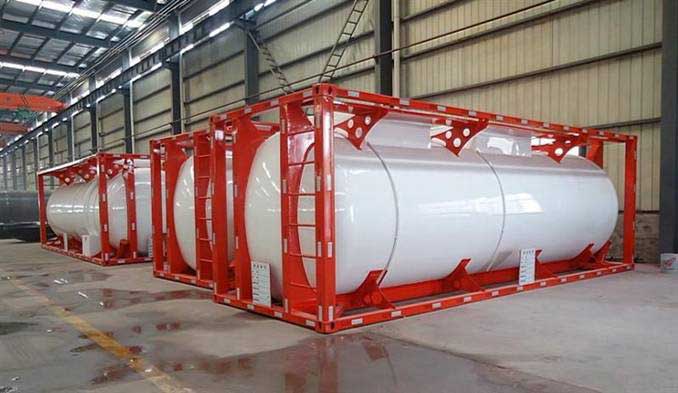Gasoline oil dealers mostly react to modify by responding to competitive industry forces. First it absolutely was the COD discounters, then it absolutely was the fuel organizations and we reacted to each in kind. Now with the undercover tank matter pending, dealers are again buffeted by forces that influence our markets Export of steel tank.
Can we react as before or may we promote applications to derail threats? In New York and New Hat, The Homeowner’s Environmental Reduction Protection Program collection a precedent, becoming a valuable tool to thwart fuel conversions, but more methods are needed, specially to carry the uncontrollable flow of accounts that occur during the time of a
home transaction.
As vice president and founder of Annis Gasoline Oil Service (AFOS), in the early 1980’s I acknowledged undercover oil tanks as an area of opportunity. With passage of the New Hat Dangerous Material Storage Act and amendments to the Pour Act, tank work begun to overlap with environmental science.
Four decades of school chemistry compensated off. While spinning off ANCO Environmental in 1991, I kept dedicated to my oil market beginnings. As a tiny oil supplier I am painful and sensitive to the threat UST hysteria poses. With diplomacy I industry UST services to regional gas dealers who usually compete with my family’s oil company. Instincts claim refuse or minimize the UST problem.
But the remote environmental storm is pending and must be addressed. Our customer’s economic interests are at stake and they seek leadership. Gasoline dealers should address and deflect the general public relations damage brought on by leaking undercover tanks, discover ways to select an appropriate tank test, define the true adversary behind the oil tank debacle and finally, discover solutions.
I hope the product shown herewith will help in these areas, and reduce the loss of oil temperature customers to other styles of gas at the point of real-estate transfer. As equally of my organizations work mostly in New Hat, many references are created to New Hat Department of Environmental Protection (NJDEP) regulations. These rules may be mirrored by similar rules in other states. Check always your state Environmental Protection Department for specific rules governing your area.
The fuel organizations have spearheaded marketing campaigns implying that oil temperature causes undercover pollution. Our findings help the opposite conclusion. Statistically more remediation tasks require abandoned or improperly shut tanks than productive tanks.
Homeowner insurance guidelines decline many UST pollution statements, which means leaking tank operator who changed into fuel temperature sees herself in a greater join today than he who slept with oil.
But where the fuel heated homeowner gets stuck with the remediation bill the oil market shoulders the negative fallout. To get the general public relations game, it behooves the gas market to deflect the problem. Redirect the stress from ‘oil heat’ to ‘undercover tanks,’ and take a positive stand.
A gas oil bill is many prone at the point of home transaction. Reservoir screening and site qualification is now more commonplace. Pushed by liability issues and the ‘due diligence’ audit requirement defining the innocent shopper, buyer’s attorneys secure their client’s the right to check around a gas tank. Due largely to public misconceptions, this mechanism may continue to bash oil temperature far into the future.
Recently a gas supplier told me “…it’s the lawyers. They’ve broken this out of proportion.” The others claim it’s the fuel organizations, or the fuel heat contractors, or the Realtors, or the yank-a-tankers. Every one of these events are a vocal reaction to the true, quiet adversary; corrosion.
Low pH soils in conjunction with a high water table help a high ion change charge with the tank. Non homogenous backfill concentrates the resulting electrochemical effect at details of best electric conductivity. Therefore, land particles with good mineral content or structure dust that variations the tank finishes the deterioration circuit.
